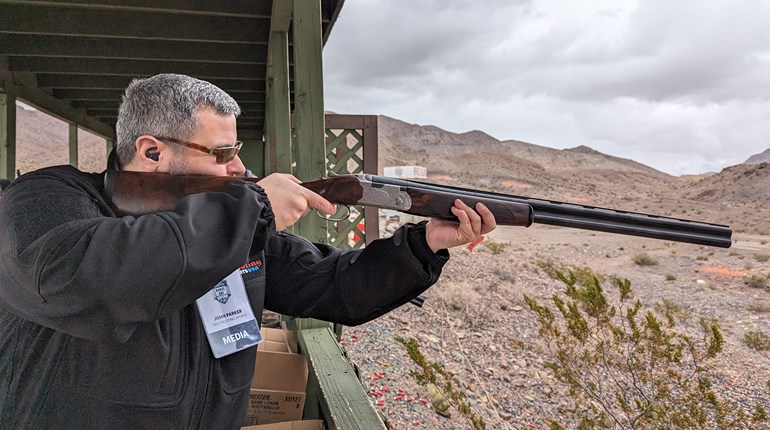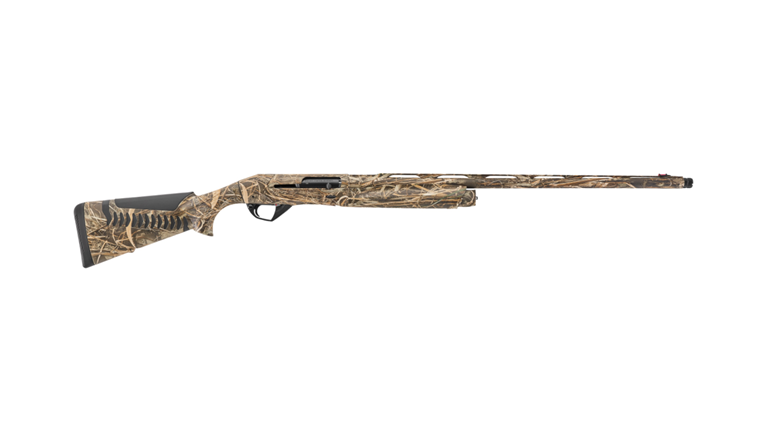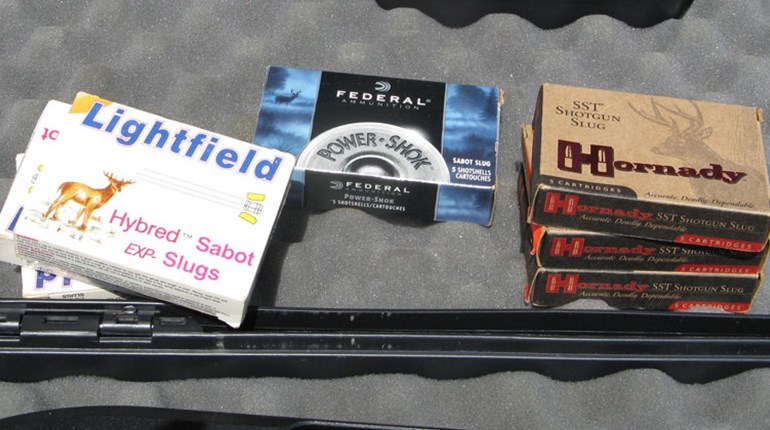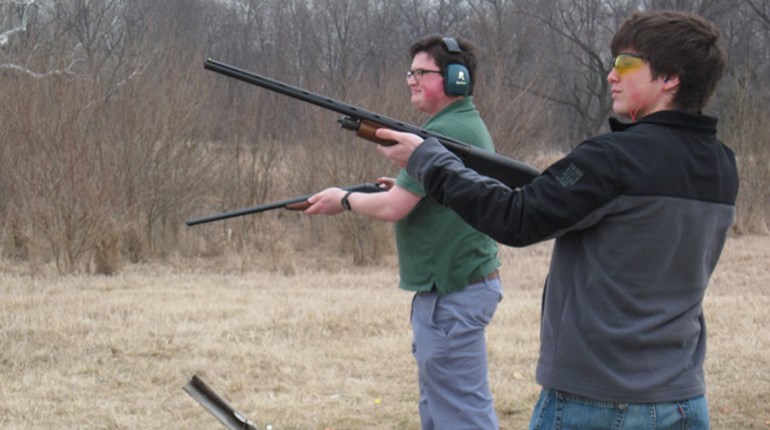
Don’t tell anyone I said this but you can shoot rooster pheasants without the aid of a dog. Sometimes more of them—and faster, too—but you didn’t hear it from me.
While dogs and pheasant hunting go together like horses and the Kentucky Derby, just as you can walk, run or bike around that track without a horse, so can you walk-up, shoot and retrieve a pheasant without a dog. It’s not as much fun, and you will lose a few birds a dog would find, but if you’ve got time, a gun, shells and a place to hunt—but no dog—go hunting. Here’s how.
Know Thine Prey
Before you can find pheasants, you have to know what they are, where they go and when they go there. This varies by habitat, season, weather and hunting pressure. An opening day rooster at sunrise isn’t likely to be in the same place as a midday rooster in mid-season.
Pheasants are the avian equivalent of cottontails. They walk, run, sneak, hide and forage on the ground. Instead of diving into holes when threatened, they burst into the air for a quick flight from danger.
While they are not covey birds like bobwhites, pheasants bunch up in response to a rich food source, safe cover or just an undiscovered corner of their world that no predator has disturbed. In winter they congregate in flocks for mutual defense. The more ears and eyes the better to spot danger, though they as often go it alone.
On a typical day, a pheasant awakens at dawn, walks or flies out of any wet vegetation, then stretches and preens before running to breakfast. And I do mean run. Sometimes they’ll fly, especially if a winter feed field is more than a few hundred yards from the night’s roosting cover, but they’re less exposed to an aerial attack if they “hoof it” through cover.
In early fall, pheasants may ignore grain fields. The grain isn’t ripe yet, they don’t yet need the dense carbohydrates, and there are plenty of native fruits and insects available. Grasshoppers and the like are a prime source of nutrition for growing chicks and adults. Once frost kills soft vegetation and insects, ringnecks flock to grain. The later the season, the more consistently they feed on corn, wheat, beans and the like. Scan the edges of cut grain fields with a binocular in early morning and you should spot foraging pheasants.
After feeding for 30 minutes to an hour, the birds run or fly to safe roosting cover. Sometimes this is dense vegetation bordering the field, but if they’ve been regularly harassed there, they’ll fly to cover where they’ve been undisturbed. Your job is to find it. Watching post-feeding flights through a binocular is one way to do it.
An hour or two before sunset, birds start returning to feed fields. This can be leisurely or quickly, walking or flying. The colder the day and the greater the hunting pressure, the more likely they’ll fly in, forage quickly and fly back. One exception is when dense escape cover borders the grain field. Then they’ll squirt through the grass, dash into the open, grab seeds and dive back into cover. There’s a great technique for catching them at this that we’ll describe later.
Night roosting cover isn’t necessarily the same as midday cover. Often it’s shorter, like clipped wheat stems or mowed grass not much taller than 8 inches. A bird flattened to the ground is well protected from wind. Since it is dark, he needn’t worry about hawks. Owls are more likely to be patrolling brush and woods for mice, and four-legged predators will have a hard time finding a bird in a vast, featureless, shortgrass field. If discovered in the black of night, a pheasant can flush without hindrance or risk of hitting a limb. If you hunt at sunrise, check out such short roosting cover. It’s only good for about a half-hour after first light.
Think and Strategize
Choose the right cover at the right time of day. This will save a lot of wasted hours, steps and frustration, which you can better use cleaning birds, right?
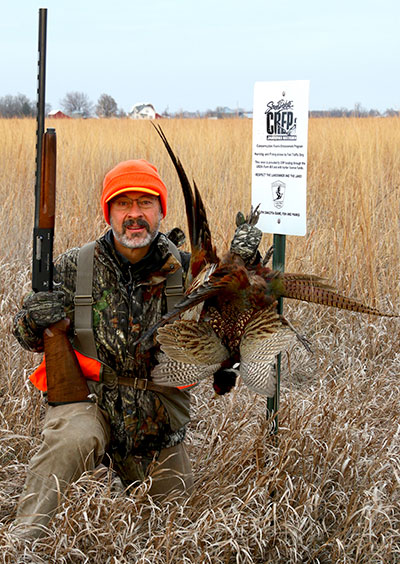 Ask yourself: If I were a pheasant, where would I be right now? And then hunt there. But, in addition to considering the birds’ normal habits, also consider your fellow hunters’ habits. Has there been a lot of hunting in the area lately? If so, look for places other hunters are least likely to search. These may be areas pheasants wouldn’t normally use, but these are not normal times for pheasants. If they’re getting spooked from traditional hiding cover too often, they’ll naturally collect where they aren’t disturbed, even if it is fringe cover.
Ask yourself: If I were a pheasant, where would I be right now? And then hunt there. But, in addition to considering the birds’ normal habits, also consider your fellow hunters’ habits. Has there been a lot of hunting in the area lately? If so, look for places other hunters are least likely to search. These may be areas pheasants wouldn’t normally use, but these are not normal times for pheasants. If they’re getting spooked from traditional hiding cover too often, they’ll naturally collect where they aren’t disturbed, even if it is fringe cover.
One of my best examples of this came during a western South Dakota hunt near a large national wildlife refuge. Thanks to the hunters’ dollars that bought the land and helped to manage it for wildlife, this refuge was lush with tall grasses and weeds. But it was also awash with eager hunters and their dogs walking to and fro. It didn’t take my hunting partner, Mark, and me long to size up the situation and ID the best looking habitat around: a small patch of tall kochia weeds in the middle of a bare, private farm field about a quarter-mile from the refuge land. I doubt any hunters ever bothered asking permission to hunt this odd spot. We did, and when we got within shotgun range of that small block of weeds the sky looked like a feathered 4th of July explosion. Hens and roosters flushed by the dozens.
Ensure Dogged Persistence
Okay, you know your birds, the cover and feed fields. Now pretend you’re hunting flightless birds. Anticipate where they’ll run or hide to avoid you. Corner birds there and they’ll fly—dog or no dog.
One key is to walk softly into or across the wind. You’re not herding roosters so much as stalking them. Sharp as their vision and hearing are, they often don’t hear the soft padding of a lone, walking hunter, especially with wind rustling vegetation. When you suddenly enter their consciousness at close range, they panic and flush. You can walk with the wind, too, but they might hear you a bit sooner and flush wild. A few years ago I entered a CRP field with a small wetland in it. Summer drought had exposed a fringe of firm, damp, naked soil between the dense rushes and the dry CRP grasses. Silent as a cougar I padded along that rim of bare soil while shocked roosters erupted in front of me until I was giving three of them a free ride. A one-man, no-dog South Dakota limit in less than an hour. And I didn’t even break a sweat.
The second key is to work the edges. Like many creatures, pheasants love edges, and the junction of a feed field and dense bedding cover is ideal. Tall grass or weeds hides them, and they can slip out for a bite with minimum effort, minimum exposure. Consider brushy/weedy fence lines and grassed waterways as edge cover, too. If not harassed in narrow, linear cover, pheasants will stay in it. Otherwise they only use it for safe traveling. Either way, it’s a natural travel route for you, too.
The third key is to push to corners, points and edges. Ringnecks are notorious for running through cover for as long as they can, but once squeezed against bare ground they usually hunker, flushing when you’re near, sometimes when you actually step on them. Try to work all cover from its widest to its narrowest, especially if it narrows to a point.
Key No. 4: Use noise wisely. Ringnecks are notorious for running away from hunter noises. Slam a door or whistle to a dog at one end of a field and birds will run to the other. Use this to your advantage. On big blocks of cover, make a racket on one side. Then drive or jog quietly to a second side and repeat the noise. Do this again on a third side then quietly walk a zigzag route near the edge of the fourth side where the birds have coalesced.
A variation of this is to circumnavigate the edges of big cover like CRP fields and cattail sloughs, especially if they butt against open ground. Be ready for flushes at every corner or narrow point. Once you’ve encircled the field, cut across it diagonally and zigzag through the center. Roosters will get so dizzy trying to keep track of you that they’ll eventually flush wild or tire of running and try to hide—until you’re too close. I did this on a series of CRP fields open to public hunting in South Dakota last year for three days in a row and took limits every day, solo, without a dog.
While quiet walking turns up most roosters for the dogless hunter, tracking works beautifully after a fresh snow. When you spot fresh pheasant tracks with a long drag mark between the footprints, figure it’s an old rooster dragging his tail and start following. I’ve pushed ringnecks from their snowy hideouts after a few dozen yards and once after a mile.
The Late-Season Magic Hour
Perhaps the easiest way to shoot roosters from vast fields of dense cover is by working the edge of a feed field during the last hour or two of the day. This works best when it’s cold and they’re hitting grain hard. Regardless where in a square mile of CRP grass the birds have holed up during midday, before dark they need to reach that grain and fill their crops. They may walk and run through heavy cover for a mile, but eventually they’ll fetch up near the edge, awaiting their chance to feed. This is where and when you catch them. Walk through the heavy cover anywhere from 40 yards in to right at the field edge. Mix it up. Pause for a minute. Rush ahead for 40 yards. Walk a straight line for 50 to 150 yards then swerve left or right. Sometimes birds will skulk to the very edge of the cover, so if you suddenly veer toward it, they’ll flush. Sometimes they’ll sneak deeper into the grass, so if you loop into it, you might catch them. Most often they’ll dash ahead until they reach the far end of the field. Here some will make a right-angle turn and keep going, but some will flush. Shoot those.
At that junction, go back the way you came about 150 yards, then march deep into the heart of the field for several hundred yards before turning back toward the same edge to which you’d initially been pushing the birds. This way you cut off those that made the right-angle turn. When you reach the field edge, walk it back to that killer corner. Enjoy cleaning and eating those roosters.













